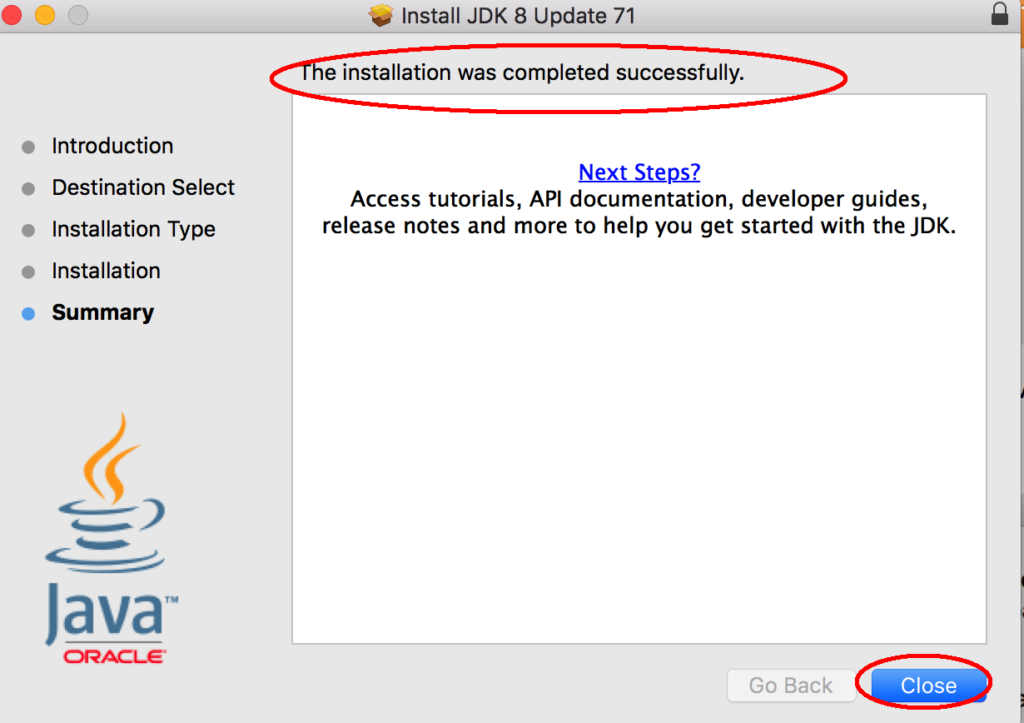

You should see the welcome screen with a number of options. Verify that 1.7.0_04 is sent to the Console pane. Save the file and from the main menu, choose Run -> Run.
WHERE IS JDK ON MAC CODE
Type or copy this line of code into Java17Test.java Click the checkbox to create a stub for 'public static void main(String args)' From the menu, select File -> New -> Class. In the JRE section of the dialog, select "Use default JRE (currently JDK 1.7)". For this verification, type Test17Project In the dialog that appears, enter a new name for your project. For this verification, from the menu, select File -> New -> Java Project. This will cause Eclipse to use it as the default JRE for all new Java projects. Click Finish.Ĭheck the checkbox next to the JRE entry you just created. You should see the system libraries in the list titled "JRE system libraries:" In the "JRE Home:" field, type "/Library/Java/JavaVirtualMachines/1.7.0.jdk/Contents/Home" will also help you get started with using NetBeans.Ĭhoose "MacOS X VM" as the JRE type. Verify that 1.7.0_04 is sent to the Output pane. Save the file and from the main menu, choose Run -> Run Main Project. Type or copy this line of code into Main.java Open "JavaApplication.java", and look for the main method. Now, let's make sure the new JDK is being used to run your code.


The developer version however does not include a plugin to launch Java applications from the browser so applet and Web Start applications cannot use this JDK. You can use it to create Java applications and includes the new JavaFX 2.2 client stack. This release of the JDK is a developer-only version.


 0 kommentar(er)
0 kommentar(er)
